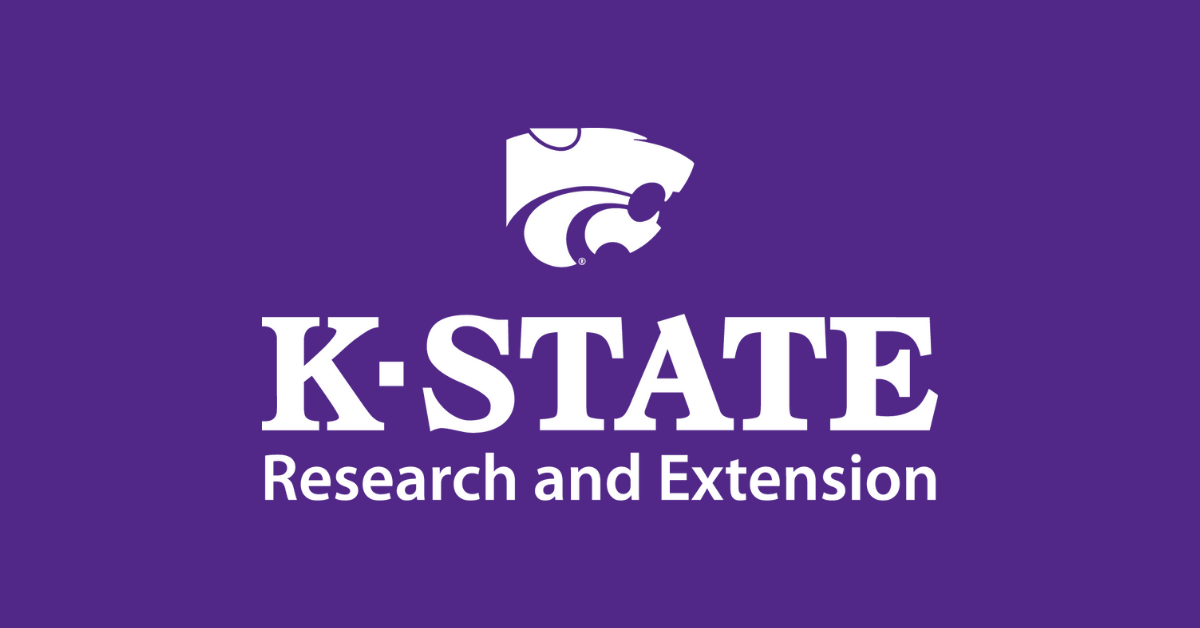
Touchdown! Onset of football season may have spurred meat market
K-State economist notes August boost in food service demand
Sept. 14, 2022
By Pat Melgares, K-State Research and Extension news service
MANHATTAN, Kan. -- Could it be that America’s meat industry just got a boost from college football?
It’s possible, said Kansas State University livestock economist Glynn Tonsor, who reported this week that consumer's demand for proteins – beef, chicken and pork – is holding steady in large part due to a surge in the food service industry.
“The demand for dinner meals away from home was up from July to August,” Tonsor said, noting that demand for grocery store retail meat was down in August.
Listen to an interview by Samantha Bennett with Glynn Tonsor on the weekday radio podcast, Agriculture Today
Prior to August, food service purchases (largely recognized as purchases away from home) represented a weakness in the U.S. meat market, but August’s figures indicate an increase in demand for lunch and dinner.
“Foot traffic is up in restaurants,” said Tonsor, who reports weekly on the meat and cattle markets on the K-State Research and Extension podcast, Agriculture Today.
The trend was particularly strong in southern states, Tonsor said, including Florida and Texas. He said the increase in demand for proteins eaten away from home “hopefully has offset what was a little bit of a pull-back in retail demand.”
“We were joking about football (recently),” Tonsor said, “but that is possibly what is going on here. It’s said that in the SEC (Southeast Conference), celebrations start way before Saturday. I think people are having many more evening meals out; plus there are other dynamics, such as the population is growing everywhere, especially in those southern states.”
Tonsor’s weekly report indicated what he termed a “ho-hum” week in the nation’s cattle markets. “But ho-hum is okay,” he said. “Sometimes that just adds stability to the market. We don’t have to be talking about 5% and 10% moves.”
The news comes on the heels of a report from the U.S. Department of Agriculture that the country topped $1 billion in beef exports in July. It’s the sixth time this year that exports topped the billion dollar mark, according to the U.S. Meat Export Federation.
Also, Tonsor reported that consumer’s purchases at merchandisers and club stores rose in August, a possible response to inflation.
“This is an indication that folks are shifting where they buy protein, and probably buying a bigger volume,” he said. “They may have a more expensive trip to the store, but I think they’re finding ways to get the price per pound lower by buying larger quantities, (and) then taking it home and cutting it up.”
It’s a trend he said that is worth watching into the fall.
Tonsor’s weekly updates on the cash cattle and meat markets are available on AgManager, the website for the K-State Department of Agricultural Economics. He can also be heard weekly on Agriculture Today, available online and on select radio stations.

